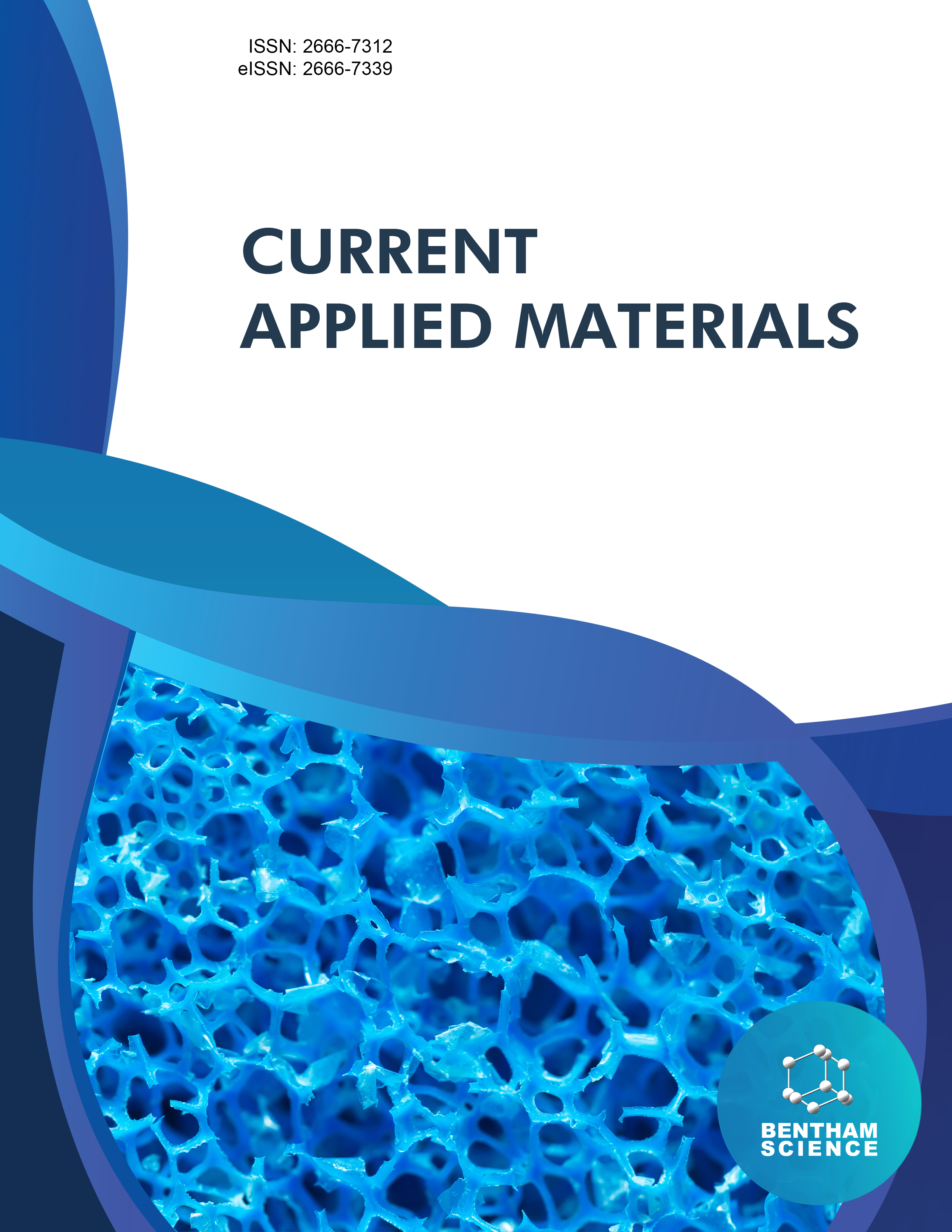
Full text loading...
We use cookies to track usage and preferences.I Understand
In diabetic wounds, reactive oxygen species (ROS) are developed in large quantities in a consistently hyperglycemic and excessive biogenic environment. Inflammatory factors are increased as a result of impaired hematopoiesis. Because, subsequent infections obstruct the healing process and as a result, most chronic wounds are not healed properly. The majority of chronic diabetic wounds are worsened during the inflammatory stage. Because of excessive ROS, it is still challenging for a timely closure of diabetic chronic wounds. Wound dressings with anti-inflammatory and ROS scavenging properties are preferable for the treatment of diabetic wounds. Hence, a strategic treatment is required which facilitates both targeting and myogenic potential. In recent decades, the production of macroporous hydrogels via three-dimensional (3D) printing has gained popularity as a cutting-edge technique for chronic wounds. Multiple hydrogel subtypes have been formulated for different states of healing of chronic wounds. The hydrogel used in 3D printing indicated better wound healing by enhancing the expression of adipose-derived stem cells (ASCs) activities in scaffolds due to the presence of an ordered macroporous structure. Regenerative medicine has undergone a paradigm shift as a result of the introduction of inventive medicines based on the use of living organisms. New treatments for skin wounds have been the subject of several studies, with bioactive peptides, nanoparticles, and hydrogels attracting a lot of attention due to their potential as therapeutics. For chronic wound healing, hydrogels create an angiogenesis microenvironment and avoid wound infections. Hence, the present review provides light on different superficial hydrogels along with their properties for chronic wound healing.

Article metrics loading...

Full text loading...
References


Data & Media loading...

